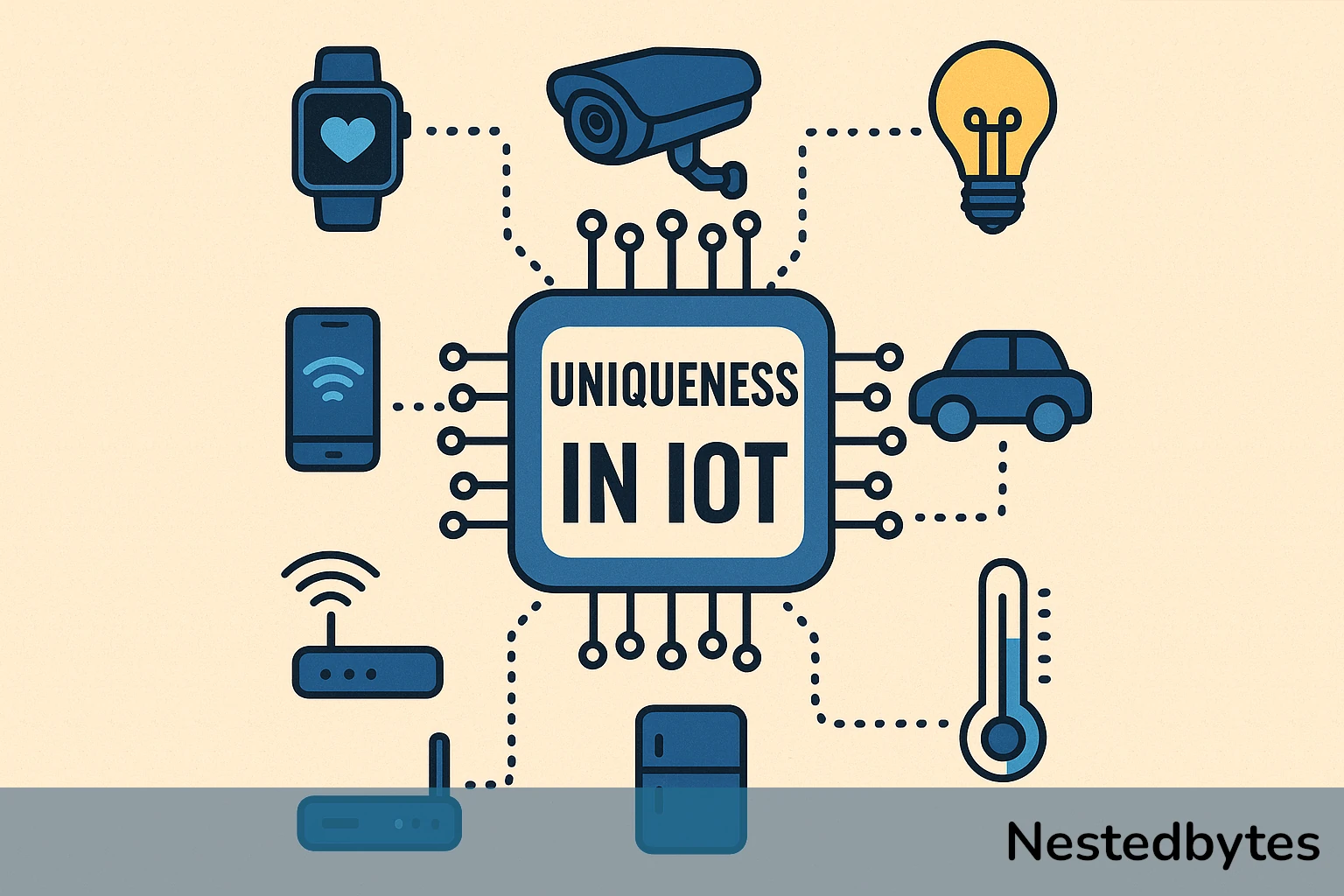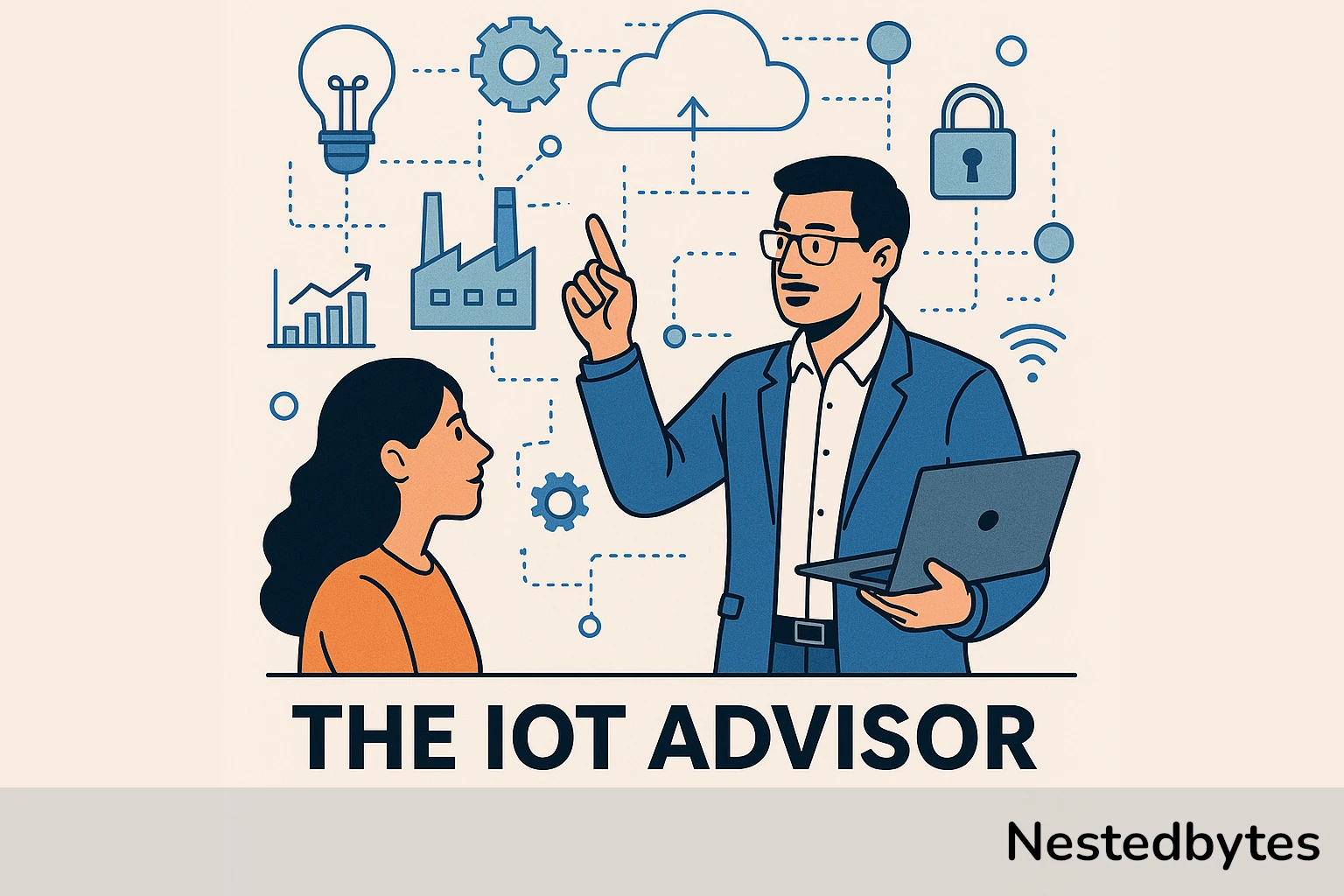
Smart Locker Development: Creating a Modular and Secure Access Solution
The smart locker system is an advanced storage solution designed to enhance security, modularity, and traceability. Built using hardware components such as PLCs with Modbus communication and locks from suppliers like Southco and Kerong, the system is highly adaptable to various configurations. Its API-driven agent orchestrates door operations, ensuring the secure opening and closing of lockers while verifying each action through feedback loops. This modular architecture allows for seamless integration of additional lock types and automation controllers.The smart locker represents a next-generation solution that addresses contemporary needs while offering a future-proof platform for secure and efficient storage management.
The increasing demand for secure and traceable storage solutions has driven Nestedbytes to develop a next-generation smart locker system tailored to meet its client’s specific requirements. This article explores the technical aspects of designing such a solution, emphasizing its modular architecture, reliable connectivity, and advanced security features to ensure seamless operations and effective detection of unauthorized access.
Selection and Integration
The foundation of the smart locker system lies in selecting robust hardware components that ensure reliability and flexibility. Key considerations include:
- PLC Integration via Modbus: Programmable Logic Controllers (PLCs) serve as the core of the locker’s automation, with Modbus providing seamless communication for device control and monitoring. The modularity of this setup allows compatibility with multiple brands, including Wago, Advantech and Kerong.
- Lock Selection: A modular approach is implemented to integrate locks from various suppliers such as Southco and Kerong. This flexibility accommodates different use cases while ensuring a standardized interface with the controlling agent.
- Connectivity for Remote Control: The smart locker is equipped with robust connectivity options (e.g., Ethernet, Wi-Fi, or cellular networks), enabling real-time communication with the API-based agent responsible for controlling door operations.
API-Driven Agent for Door Management
At the heart of the smart locker’s functionality is an API-based agent tasked with managing door operations. This agent performs the following critical roles:
- Control of Opening and Closing Mechanisms: Using precise API calls, the agent ensures doors are securely opened and closed on user command. Feedback loops are integrated to verify the successful completion of each operation.
- Modular Design for Expansion: The agent supports seamless integration of additional lock types or PLCs, reducing the complexity of scaling the system for future requirements.
- Traceability and Event Reporting: Every action, including authorized and unauthorized attempts, is logged in a centralized database. This ensures complete traceability of all operations for audit and diagnostic purposes.
Advanced Security Features
Security is paramount in the design of the smart locker system. Several layers of protection are implemented:
- Physical Intrusion Detection: The system is equipped with sensors capable of detecting forced entry attempts. In the event of physical tampering, such as a forced door opening, the system triggers security protocols.<
- Audible Alarms: A loud alarm is activated when unauthorized access is detected, alerting nearby individuals of the breach and deterring further tampering.
- Automated Notifications: Real-time SMS alerts are sent to facility managers whenever suspicious activities occur. This rapid communication ensures prompt response to potential security threats.
Operational Features
In addition to its security focus, the smart locker system offers essential operational features for improved usability:
- User Verification: The system interfaces with user authentication mechanisms (e.g., Multi Factor Authentication MFA) to ensure that only authorized users can operate the locker.
- Status Monitoring: Real-time monitoring of locker status, such as door position (open/closed) and lock engagement, is made available through the API.
- Maintenance Alerts: Proactive alerts are generated for maintenance needs, such as defective locks or connectivity issues with PLCs.
Event Traceability and Analytics
A robust logging system ensures that every operation is recorded with a timestamp, providing insights into:
- The frequency and duration of locker usage.
- Patterns of unauthorized access attempts.
- Maintenance events and system anomalies.
These logs are analyzed using centralized reporting tools to improve operational efficiency and preempt potential failures.
Future Scalability
The modular architecture of the smart locker system allows for easy integration with emerging technologies. Future enhancements could include:
- IoT-Based Monitoring: Expanding the system to leverage IoT platforms for predictive analytics and remote diagnostics.
- Integration with Advanced Locks: Adopting new lock technologies (e.g., electronic or magnetic locks) from various suppliers without re-engineering the system.
Conclusion
The development of this smart locker system exemplifies the convergence of modular hardware, robust APIs, and advanced security measures to deliver a state-of-the-art storage solution. By prioritizing traceability, scalability, and proactive security, this project not only addresses current needs but also positions itself as a future-proof solution for diverse applications.




